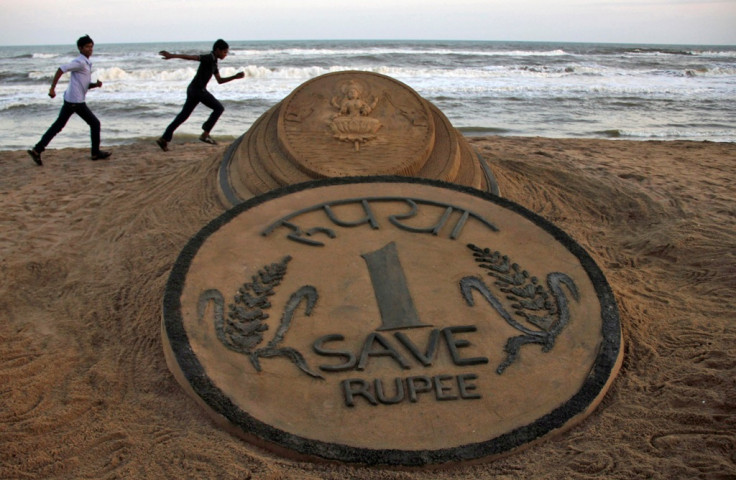Barclays Advises Caution in Rupee Dealings Ahead of India Election

Barclays has asked investors to approach the rupee with caution during the course of India's month-long general elections, which kick off on 7 April. The concern is that the vote may not deliver a clear winner.
The rupee's rally would stall at 59 to the US dollar and it could fluctuate widely based on the election outcome, according to Barclays.
"Ride the good momentum in the rupee, but do not take that trade over into the election results," noted Hamish Pepper, a strategist at Barclays in Singapore.
"Take profit before the poll verdict as the rupee could swing wildly either way once the results are out," Pepper told Bloomberg.
The rupee struck an eight-month high to 60.1350 on 26 March on rumours India would elect a government capable of boosting flagging economic growth.
Meanwhile, Westpac Banking has asked investors to stop buying the rupee closer to the 16 May deadline for counting votes.
The currency could gain some 5% on current levels if the opposition Bharatiya Janata Party (BJP) wins enough seats to form a government, said Jonathan Cavenagh, a Singapore-based strategist at Westpac.
Societe Generale predicts the currency could swing past 68 to the greenback, should political parties need to cobble together an unstable, temporary coalition.
"There are still questions about whether the BJP will get the numbers they need," added Westpac's Cavenagh.
"If they do get a strong majority, I may miss out on the initial part of a rally, but I would also have protection from what could be a massive downside," Cavenagh said.
Nordea Markets said in a note: "India's Achilles heel has been its large C/A deficit (5.1% of GDP in 2012), which caused it to be included in the fragile five group.
"Since then, tough restrictions on gold imports halved the deficit to just 2.7% of GDP in 2013. About 75% of the C/A deficit can be attributed to gold imports, so this was an effective tool. The finance minister vowed to continue the ban."
"The political development is also favourable to the INR in the medium term. First, the possible move to target CPI inflation at 4% may boost the central bank's credibility and help attract global investors.
"In addition, India is likely to get a pro-business premier (Narendra Modi) who is not afraid of aggressive reforms. This will also benefit the INR," Nordea added.
Amit Agrawal, a Bangalore-based strategist at Societe Generale said in a 24 March note to clients: "We cannot rule out the risk of a hung parliament. The stakes are high as market expectations for a positive outcome have risen substantially ahead of the elections."
A decisive BJP victory could drive the rupee toward 40 to 45 to the dollar in the long term, levels last seen in 2008, Adam Gilmour, Citigroup's head of Asia-Pacific currency and derivatives sales, said on 12 March.
© Copyright IBTimes 2025. All rights reserved.






















